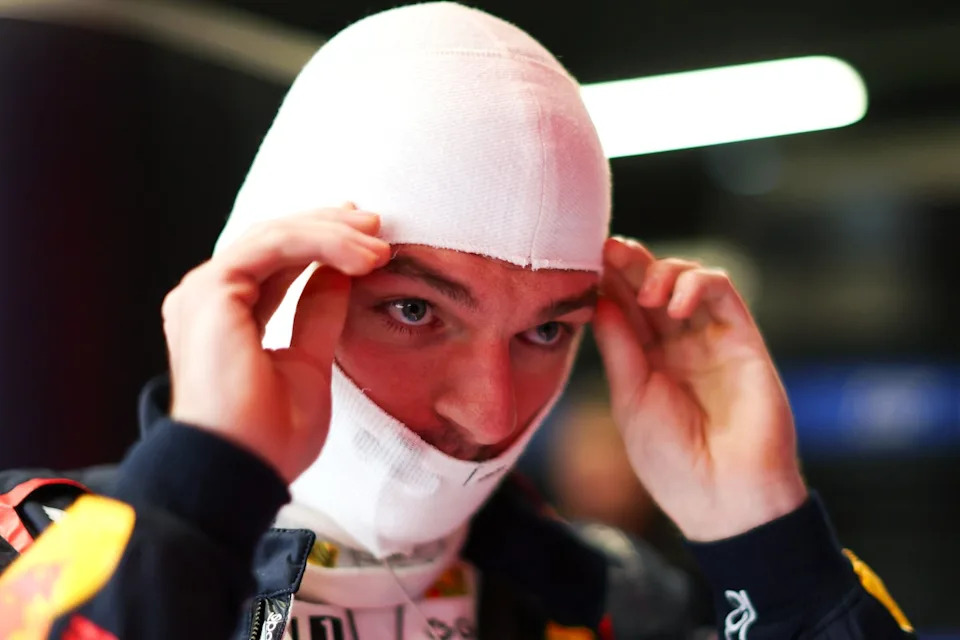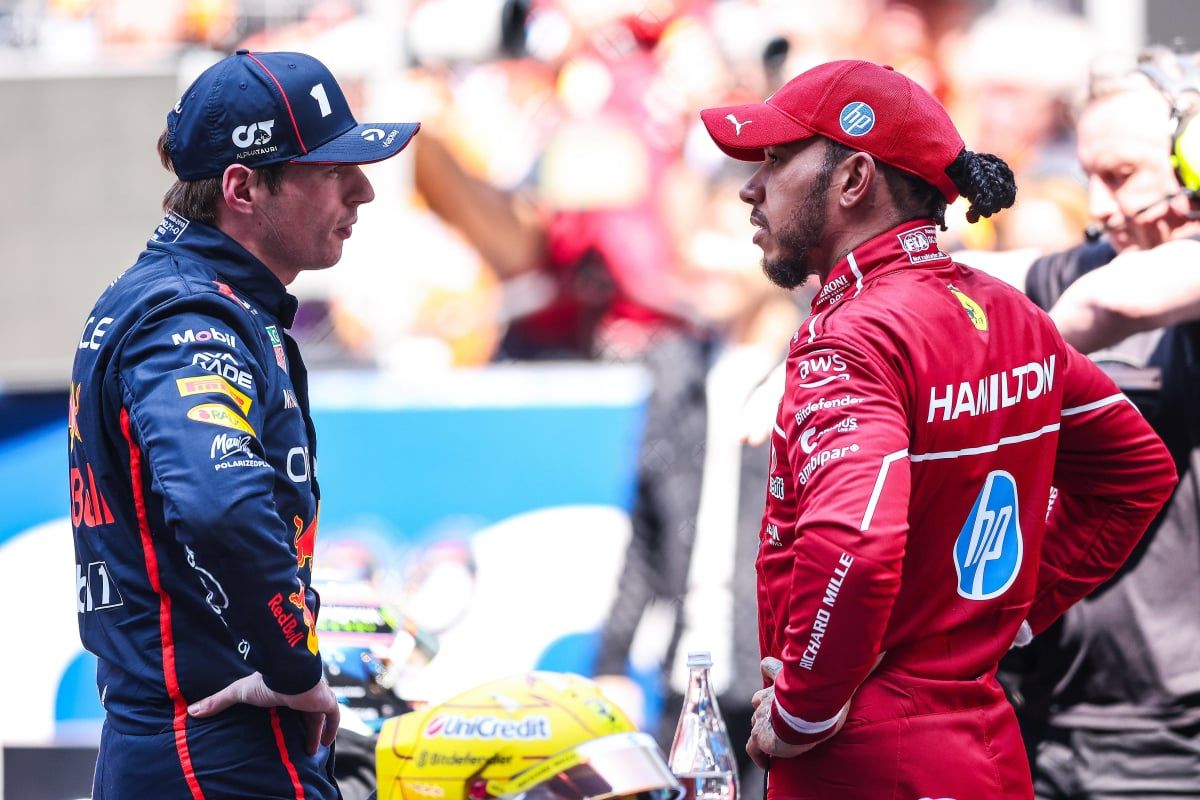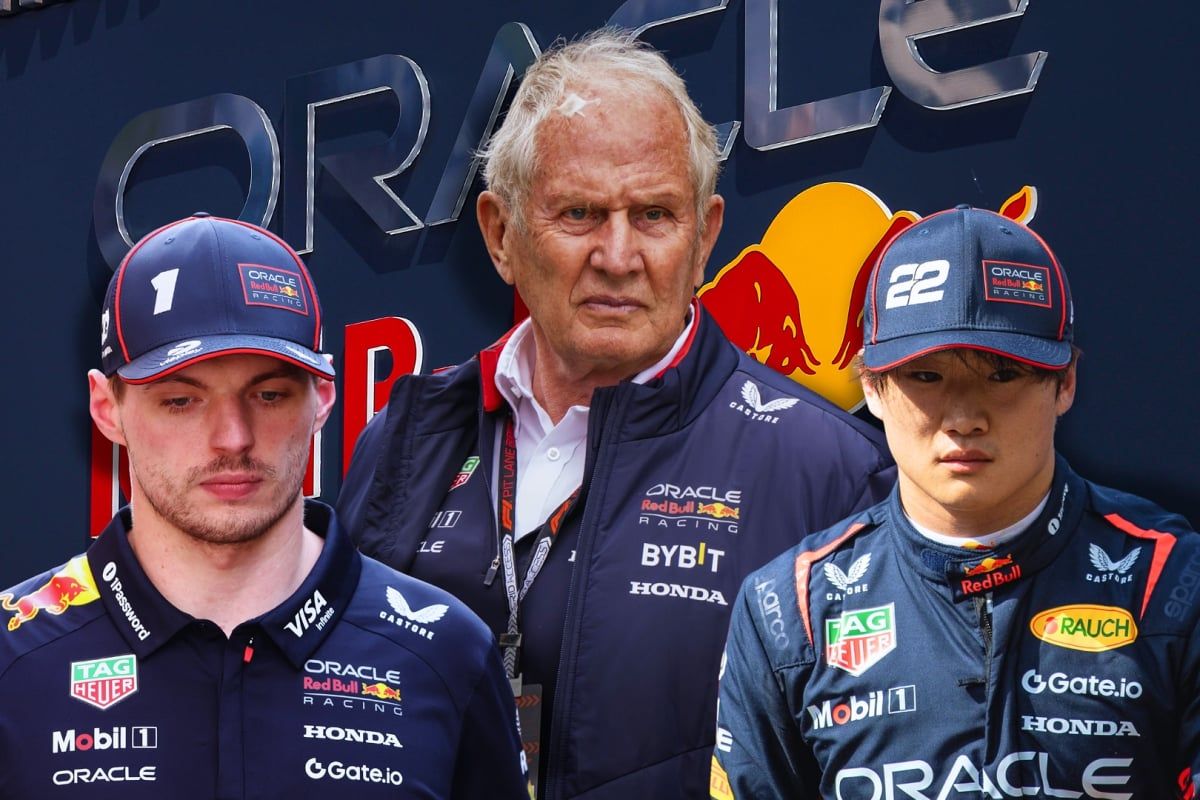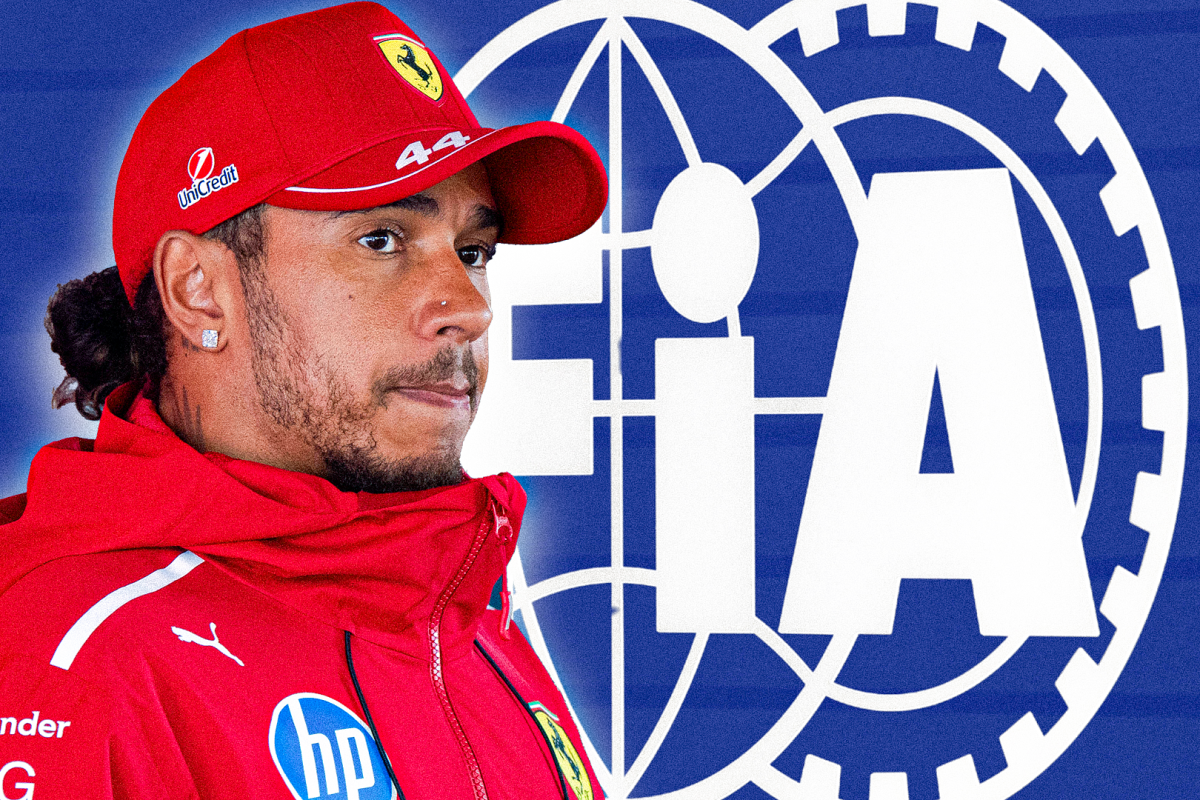Max Verstappen’s Red Mist: The Necessary Evil B…read more
Max Verstappen’s dominance in Formula 1 is undeniable. His breathtaking speed, unparalleled car control, and aggressive overtaking maneuvers have cemented his place as one of the sport’s all-time greats. Yet, interwoven with his undeniable talent is a volatile temperament, a “red mist” that frequently descends, leading to controversial incidents and heated exchanges. This volatile nature, while often criticized, might be an integral, albeit problematic, component of his extraordinary success. The question remains: is Verstappen’s aggressive, sometimes reckless driving style a necessary evil, a byproduct of his relentless pursuit of victory, or a flaw that could ultimately derail his career?
Verstappen’s aggressive style is rooted in his upbringing and racing background. He entered Formula 1 at an exceptionally young age, displaying a natural talent and unwavering determination from the outset. This inherent aggression, honed through years of karting battles and junior formula competition, translated seamlessly onto the grand prix stage. He’s not afraid to push the limits, to take risks that others wouldn’t, and this unwavering commitment to winning often manifests as aggressive overtaking maneuvers, wheel-to-wheel battles, and occasionally, controversial incidents.
These incidents are frequently the source of intense scrutiny and debate. Accusations of dangerous driving, unsporting behavior, and intentional collisions have been leveled against him throughout his career. The 2021 Abu Dhabi Grand Prix, culminating in a championship win, remains a particularly divisive moment, highlighting the fine line between aggressive racing and dangerous driving. While many hail it as a testament to his skill and tenacity, others point to controversial late-race maneuvers as examples of reckless driving that endangered his rival.
The “red mist,” the moment when Verstappen’s composure seems to evaporate and his driving becomes overly aggressive, often stems from perceived injustices or frustrations on the track. Whether it’s a perceived unfair overtake by a rival, a frustrating period of being stuck behind a slower car, or even perceived biased officiating, the result is often a loss of control and an escalation of driving behavior. These instances highlight a vulnerability, a lack of control over his emotional response under pressure, which, while human, undermines his otherwise flawless racing prowess.
However, it’s argued that this very aggression, this almost animalistic drive to win at all costs, is precisely what fuels Verstappen’s exceptional performance. The relentless pressure he puts on himself and his rivals pushes the boundaries of what’s possible, forcing him to extract maximum performance from himself and the car. His willingness to take risks, to exploit every opportunity, often translates into breathtaking overtaking moves that redefine the limits of racing strategy. Without this inherent aggression, it’s debatable whether he could achieve the level of consistent dominance he demonstrates.
The challenge for Verstappen, and his team, lies in managing this inherent aggression. While the “red mist” might be a contributing factor to his victories, it also carries significant risks. The potential for accidents, penalties, and damage to his reputation is substantial. Learning to channel this aggressive energy into calculated risks, rather than impulsive actions, is crucial for his long-term success and the integrity of the sport.
Ultimately, the debate surrounding Verstappen’s “red mist” highlights the complex nature of sporting genius. It’s a demonstration that exceptional talent often comes with inherent flaws, and that mastering these flaws is essential for sustained greatness. Whether the volatile nature is a “necessary evil” or a detriment remains a matter of opinion. However, it’s undeniable that the aggressive driving style, while controversial, plays a significant role in shaping his image and contributing, in part, to his remarkable achievements in Formula 1. The ongoing challenge will be to harness the power of this aggressive spirit while mitigating its potential for self-destruction.




